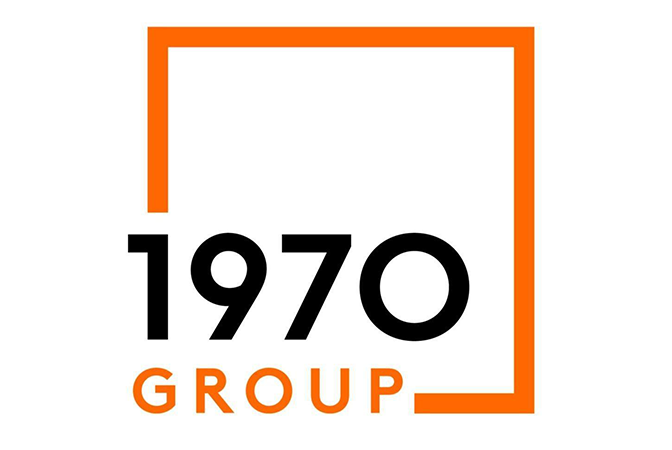
- All Instrument Types
- Indices
- Equities
- ETFs
- Funds
- Commodities
- Currencies
- Crypto
- Bonds
- Certificates
Please try another search

Private Equity-Owned Firms Adopting an Essential Financing Alternative to Bolster Liquidity
Insurance Collateral Funding is an off-balance sheet solution that has become an essential tool to support the high-growth, high-return expectations of PE-held companies
Having recently passed the 2-year anniversary of the start of the Federal Reserve’s quantitative tightening program, and the resulting return to a higher and more historically normal interest rate environment, the epitaphs to the unprecedented era of easy money have been fully written. While central banks in the US and around the world will continue to turn to quantitative easing when conditions dictate, a return to nearly decade-long zero-interest rate policies seems improbable.
Over the past 30 months, US-based companies have experienced a seismic shift, from credit abundance to credit crunch. Many corners of the economy have felt the impact of the combined forces of rate increases and tightened credit markets, including the private equity-backed business sector, perhaps best illustrated by the notable reduction in private equity exits. The rapid acceleration of interest rates contributed to full-year 2023 exit deal counts dropping 35% from their 2021 peak, and the median holding period of the U.S. and Canada PE investments exited in 2023 was 7.1 years, reflecting the longest holding periods on record.
The possibility of extended holding periods continuing into 2025 is increased by the recent softening of the US economy, which has the potential to slow corporate revenue and profit growth. To complicate matters, PE-owned companies continue to face a challenging financing environment. With bank lending standards to mid and large-sized firms tightened each of the past 9 quarters, this core source of financing, often required to stimulate the conventional revenue growth that presages IPOs or private sale transactions, has been throttled.

Image Credit: 1970 Group
Focusing deeper on the implications of this economic environment for private equity-held companies, corporate liquidity planning has become both a top priority and a challenge for CFOs. The truism that these companies tend to be more highly leveraged post PE-fund acquisition has equated to relatively higher debt payments since the advent of Federal Reserve rate increases in 2022; and independent of the interest rate environment, a particular portfolio company’s leverage ratios and debt covenant terms can limit access to traditional bank-offered financing solutions.
Against this backdrop, the importance of identifying additional liquidity solutions, specifically alternative financing options is heightened, including solutions that tap into existing opportunities within a company’s balance sheet. One increasingly important and fast-growing solution can be found within a company’s casualty insurance programs, specifically the high-deductible insurance policies used for workers’ compensation, general liability, commercial auto, and medical liability plans. Such plans often require the insured company to deliver millions of dollars in collateral to their insurance carriers. Rather than delivering this collateral in the form of cash, which could severely restrict cash flow, companies commonly provide collateral in the form of letters of credit (LCs) sourced from their banks. However, an unintended side-effect is that these LCs are treated as capital drawn against a company’s bank credit lines, making this critical source of liquidity and financing less available for the activities designed to operate and meet the high growth expectations of PortCos.
The scale of this trapped liquidity problem has grown with the increasing adoption of high-deductible insurance programs, which in turn has grown due to an acceleration in insurance premiums over the past decade. The overall amount of credit lines blocked by LC-based collateral is estimated in the hundreds of billions of dollars for US-based companies, and at an individual company level, in some cases, 50% or more of their lines can be consumed by collateral.
In response, many private equity-owned companies in the US have turned to a risk financing solution that solves the blocked credit line problem. Known as Insurance Collateral Funding (ICF) and introduced to the market in 2020 by 1970 Group, this off-balance sheet solution has become an essential tool to support the high-growth, high-return expectations of PE-held companies. In other cases, it has provided crucial liquidity to protect firms against economic unpredictability and company or sector-specific cash flow issues.
To summarize how ICF works, 1970 Group provides a client with a substitute letter of credit that both satisfies their collateral requirement and re-opens access to their previously trapped credit line, effectively restoring the insured company’s balance sheet to its fullest potential. ICF also has the additional benefit of being treated as off-balance sheet financing. The solution is flexible; can be implemented at any time, independent of insurance policy renewal dates, and the solution amount can be adjusted up or down as carrier collateral requirements evolve. A rapid underwriting process with 1970 Group is undertaken to evaluate a company’s financial health and insurance risk factors, prior to the collateral being placed.
Insurance Collateral Funding fills a unique space in solving the insurance-related lost corporate liquidity problem. Earlier attempts have only partially addressed this challenge, including surety bonds which often have caps on the amount of collateral they can solve for, and which sometimes require cash to be held in escrow. In contrast, ICF does not carry financing size limitations.
The consistent, proven effectiveness of Insurance Collateral Funding has resulted in its broad acceptance across the private equity community, with an increasing number of portfolio companies adopting the solution. ICF is versatile in that firms across a wide range of financial profiles are qualified for its implementation, and companies in many business sectors are now incorporating the solution into their liquidity and balance sheet management toolkit.


